NEW DATA: Pandemic-Related Health Concerns Shape Consumers’ Food Ordering Habits
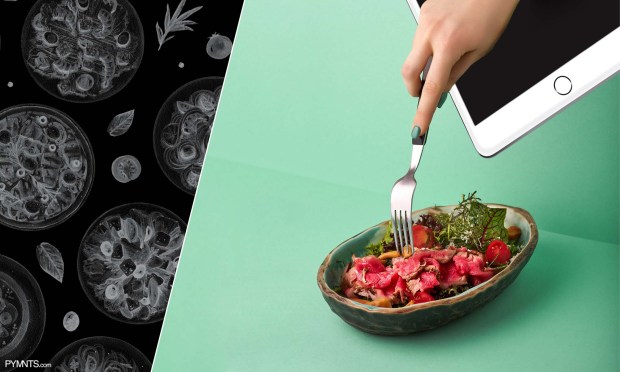
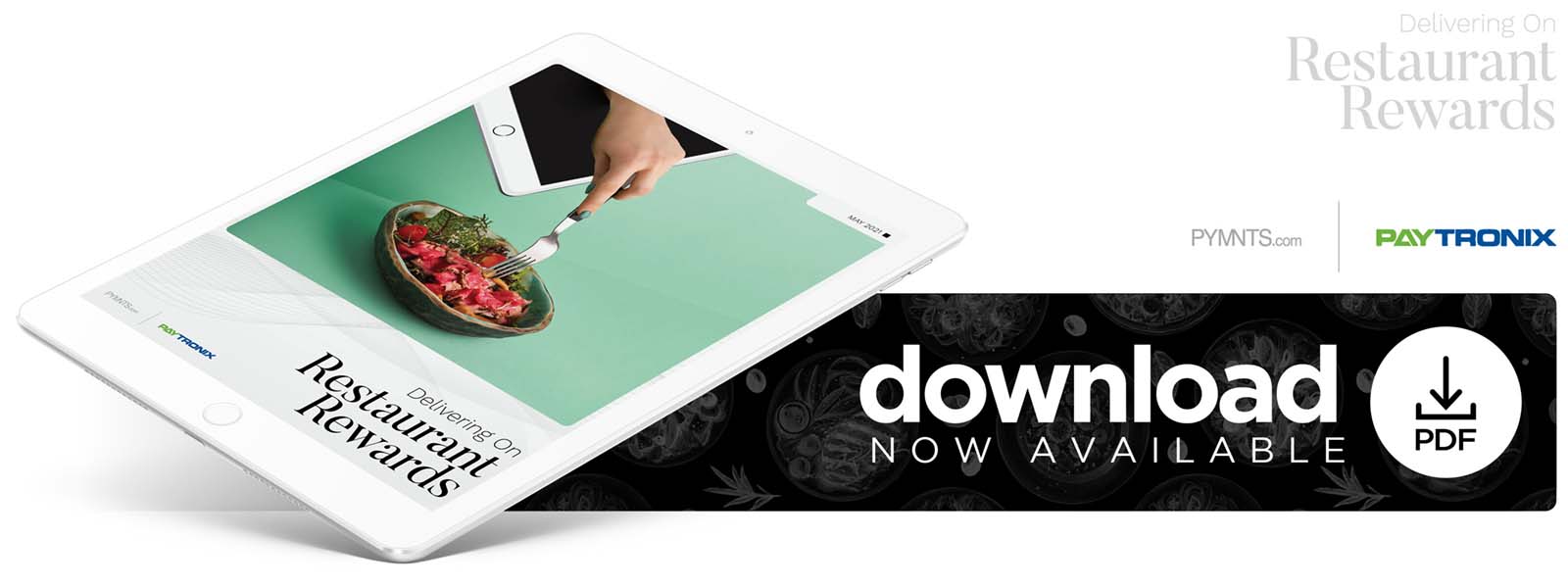 Mass vaccination rollouts are well underway in the United States, but the pandemic continues to rage on – and so do consumers’ fears about how it might impact their health. The risk of contagion has driven millions to shop, work and order food online from the safety of their homes.
Mass vaccination rollouts are well underway in the United States, but the pandemic continues to rage on – and so do consumers’ fears about how it might impact their health. The risk of contagion has driven millions to shop, work and order food online from the safety of their homes.
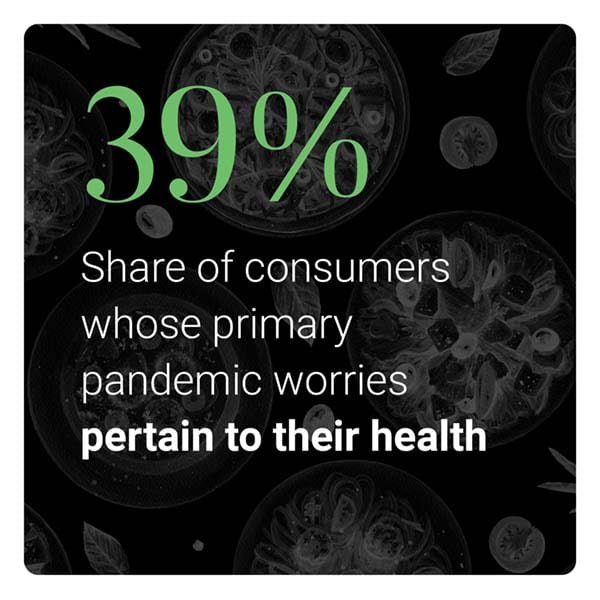 Not all consumers who transact online do so primarily because they are worried about their health, however. Thirty-nine percent of U.S. consumers (98 million people) say they are more worried about falling ill or infecting others with the COVID-19 virus, while 27 percent of consumers (68 million people) are more concerned about the crisis’s impact on the overall economy, or on their own personal finances. Still others report fears about not being able to spend time with their friends and loved ones, and a small portion even say they have no fears at all.
Not all consumers who transact online do so primarily because they are worried about their health, however. Thirty-nine percent of U.S. consumers (98 million people) say they are more worried about falling ill or infecting others with the COVID-19 virus, while 27 percent of consumers (68 million people) are more concerned about the crisis’s impact on the overall economy, or on their own personal finances. Still others report fears about not being able to spend time with their friends and loved ones, and a small portion even say they have no fears at all.
It follows that consumers who are chiefly worried about their health would be the most likely to be transacting online for the bulk of their retail purchases, and food orders are no exception. Twenty-five percent of consumers who say they are more worried about their health than any other factor are ordering less in person and more online now than they did before the pandemic began, for example, while only 12 percent of consumers who say their biggest worries pertain to their social schedule said the same.
Consumers with different pandemic worries also have vastly different expectations and demands from their restaurants when it comes to what they expect them to provide. What can restaurant customers’ unique pandemic worries reveal about the way they want to order and pay for their food orders, and how can restaurants ensure they are providing the features that can enable the food ordering experiences their customers want?
The May edition of Delivering On Restaurant Rewards, a PYMNTS and 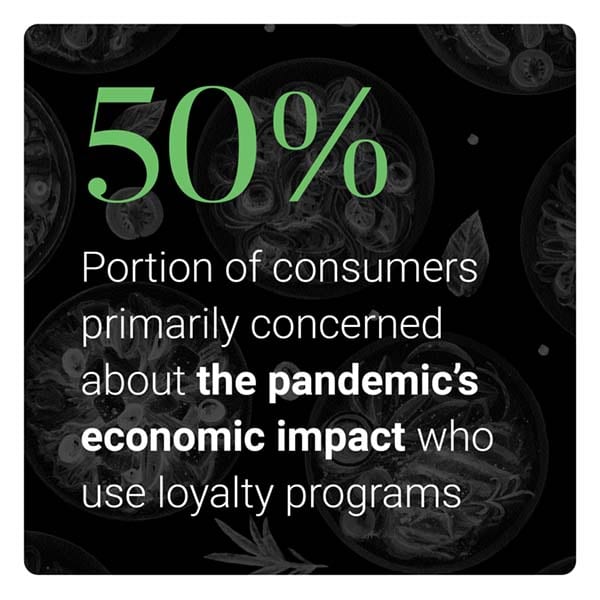 Paytronix collaboration, explores how consumers’ food ordering preferences change, depending on what worries them most about the ongoing pandemic. We surveyed a census-balanced panel of 2,025 U.S. consumers between March 8 and March 12, 2021, to ask about how their biggest pandemic fears might change the type of food ordering experiences they expect their restaurants to deliver.
Paytronix collaboration, explores how consumers’ food ordering preferences change, depending on what worries them most about the ongoing pandemic. We surveyed a census-balanced panel of 2,025 U.S. consumers between March 8 and March 12, 2021, to ask about how their biggest pandemic fears might change the type of food ordering experiences they expect their restaurants to deliver.
Our research suggests that, although many consumers are still primarily worried about getting sick or infecting others, these fears tend to recede after they are vaccinated. Thirty percent of consumers who say their biggest fears about the pandemic pertain to their health report being fully vaccinated against the COVID-19 virus. This compares to 47 percent of consumers whose primary pandemic concern is the impact it might have on their social schedules.
The shift in consumers’ worries that follows inoculation also tends to change the way they want to order and pay for their food orders – and the features they believe can help 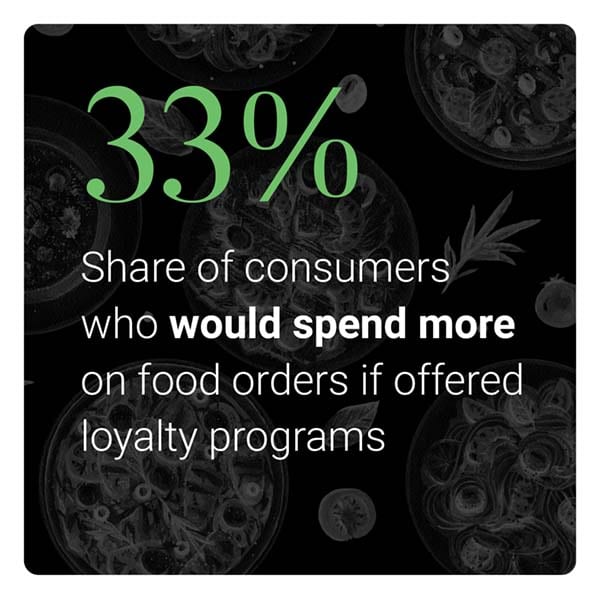 deliver the experiences they want. Consumers who primarily worry about their health above all are more interested in using every type of ordering feature imaginable and are willing to pay more to access them. Forty-four percent of these health-concerned consumers say they would spend more on food orders if their restaurants allowed them to pay online, for example, and 37 percent would pay more if their restaurants offered loyalty programs. Among consumers who are primarily worried about their social schedules, 30 percent and 33 percent would spend more if they were offered the ability to pay online and to earn rewards, respectively.
deliver the experiences they want. Consumers who primarily worry about their health above all are more interested in using every type of ordering feature imaginable and are willing to pay more to access them. Forty-four percent of these health-concerned consumers say they would spend more on food orders if their restaurants allowed them to pay online, for example, and 37 percent would pay more if their restaurants offered loyalty programs. Among consumers who are primarily worried about their social schedules, 30 percent and 33 percent would spend more if they were offered the ability to pay online and to earn rewards, respectively.
Health and social schedules are only two of the most common worries that consumers express about the ongoing crisis. There are still many more who worry about the overall economy and their personal finances, however, and others who feel no fear at all. The May edition of Delivering On Restaurant Rewards details who these consumers are, how they want to order and pay for their food and what restaurants can do to make sure they are delivering on their customers’ expectations.
To learn more about how consumers’ food ordering preferences are changing alongside their pandemic fears, download the report.
